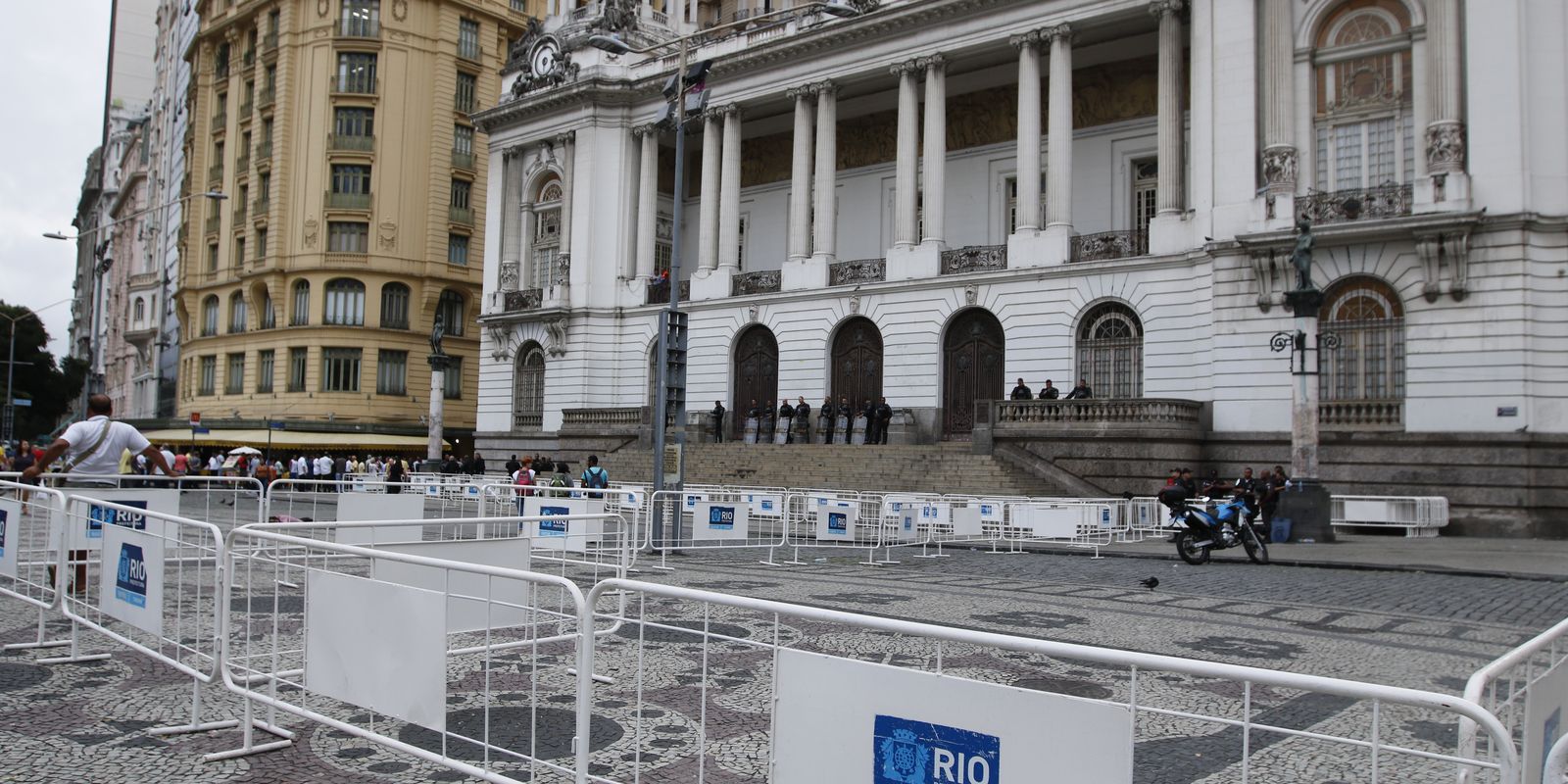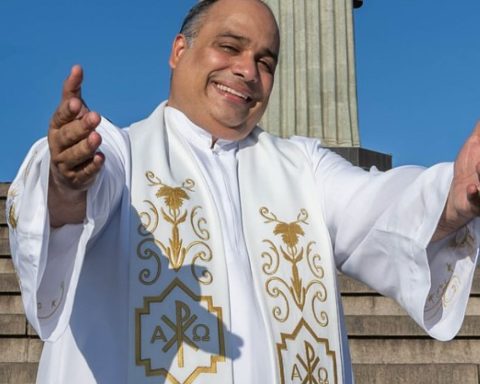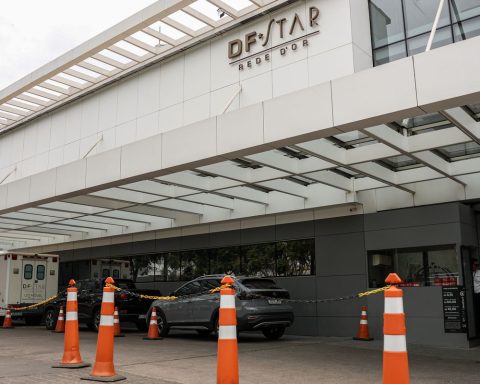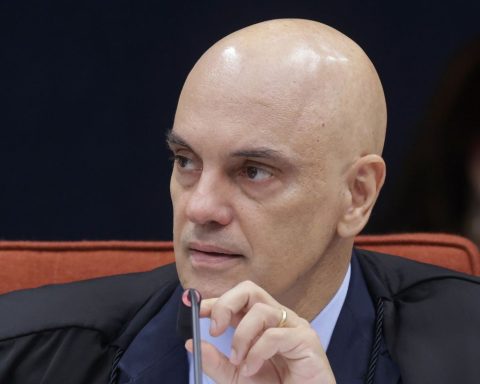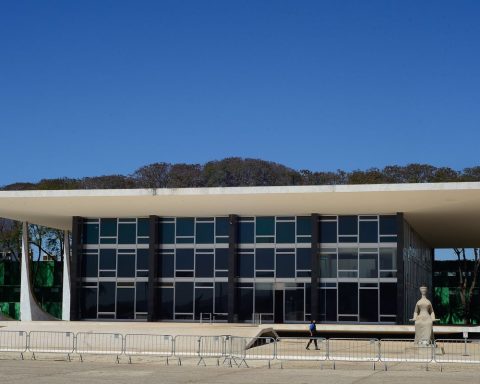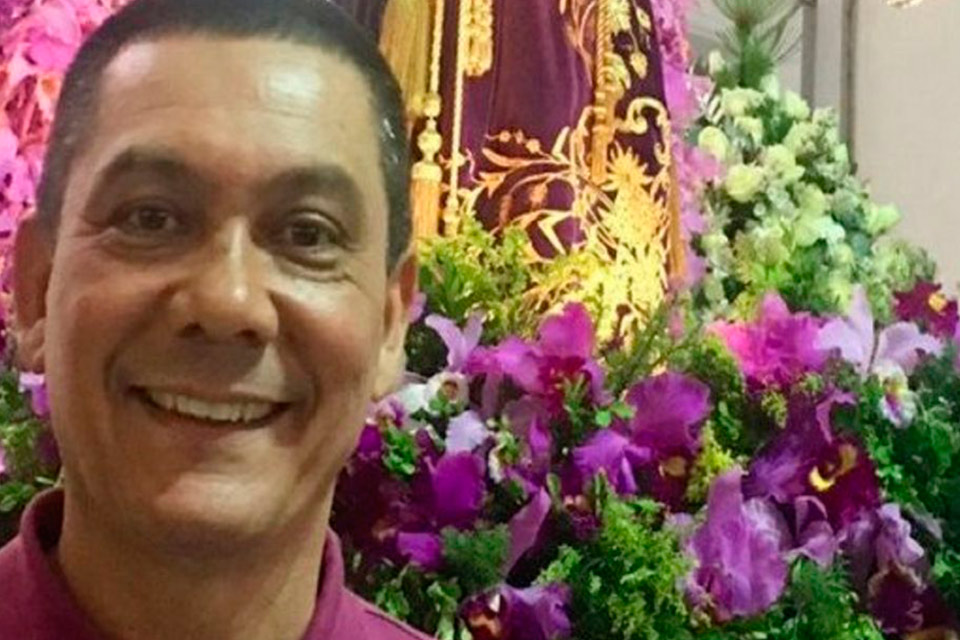Voters elected this Sunday (6) 58,400 councilors in 5,569 municipalities across the country. Unlike the election for mayor, councilors are elected using the proportional voting system. Therefore, the candidate who received the most votes does not always win the position.
The vacancy is defined based on the calculation of the electoral (QE) and party (QP) quotients. Both are calculated by the Electoral Court based on legislation.
The electoral quotient can be considered the minimum number of votes that candidates for councilor seats need for their election. The number is obtained by dividing the valid votes by the number of seats in dispute.
Then, the party quotient is calculated, obtained by dividing the valid votes received by the party and the electoral quotient. The result corresponds to the number of seats that should be occupied in the City Council by the party.
With both calculations carried out, the candidates with the most nominal votes by the voter will be placed in the available vacancies. Candidates who obtained votes equal to or greater than 10% of the electoral quotient are elected.
What does the councilor do?
Councilors have the duty to propose, debate and approve municipal laws that regulate direct aspects of the population’s life, from land management, the operation of commerce, to construction rules, school transport, tax collection, education and sanitation. basic.
All these laws will be applied within the municipality. One of them is the Annual Budget Law, which determines how the money collected from taxes paid should be used.
Another role of the councilor is to monitor the mayor’s actions, checking whether standards, programs, actions and goals are being met correctly, in addition to monitoring the management of public money. For this last role, the councilor has the support of the audit courts.
The councilor is part of the Legislative Power of the municipalities, that is, he makes up the municipal chambers, also called council chambers. The first city council in Brazil was installed in 1532 by Martin Afonso de Souza, in the first Brazilian village, which became the city of São Vicente (SP).
Each chamber can have from a minimum of nine to 55 councilors (limit), depending on the number of inhabitants of the city. The number of councilors is established in the Municipal Organic Law.
